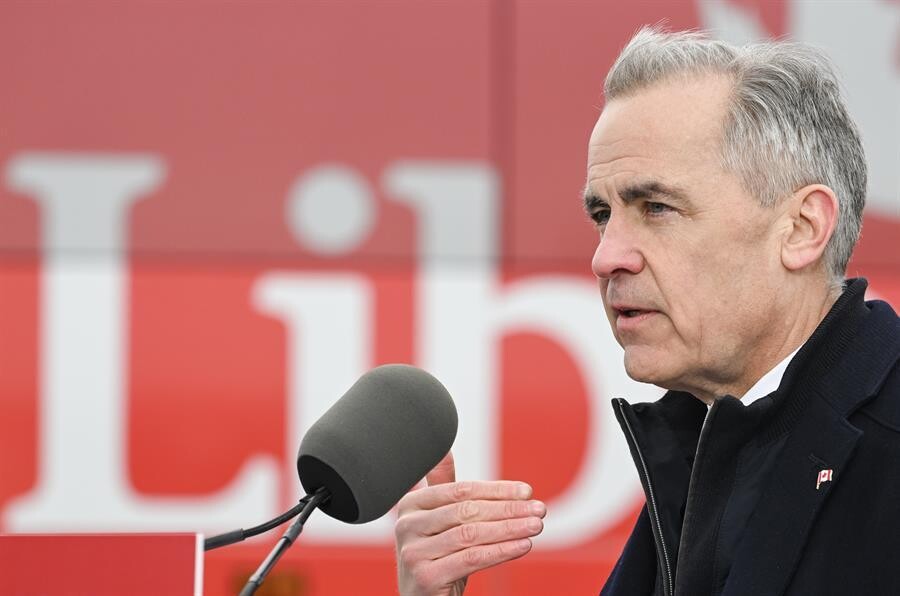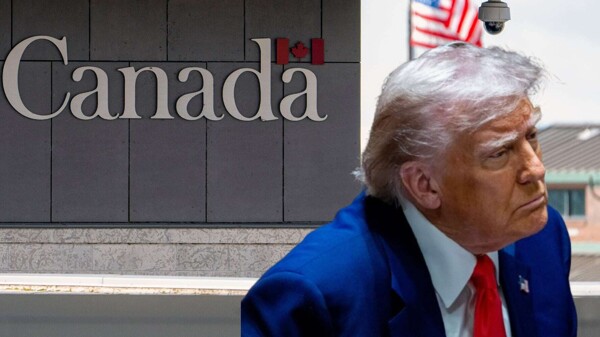
According to the daily survey by Nanos Research, the Liberal Party has a voting intention of 43.5%, surpassing the PC with 38.8%, followed closely by the NPD with 8.7% and the BQ with 5.6%. This increase in voting intention occurs in a context marked by the strong rise in the cost of living in recent years and the threat posed by Trump's policies.
During the last debate of the Canadian elections, the economy and the threat of Trump were the dominant topics. Candidates focused on their proposals to address the economic challenges facing the country and on how to protect national sovereignty against the policies of the U.S. government.
In this sense, the importance of strengthening the domestic economy and promoting job creation was highlighted, as well as diversifying international trade to reduce dependence on the United States. Candidates also debated the need to preserve Canadian values against external pressures and to seek a balance between economic growth and environmental protection.
Amid an increasingly polarized political scenario, candidates sought to differentiate themselves through their economic and national security proposals. While the Liberal Party defended its economic record and its commitment to diversity and inclusion, the PC criticized its management and promised a change of direction for the country. Meanwhile, the NPD emphasized the need to reduce social inequalities and combat climate change.
In summary, the economy and the threat of Trump were the central themes of the last debate of the Canadian elections, where candidates presented their proposals to address the economic and national security challenges facing the country. The voting intention reflected in the Nanos Research survey shows a trend toward the Liberal Party, but it remains to be seen how these discussions will influence the final decision of the voters.













